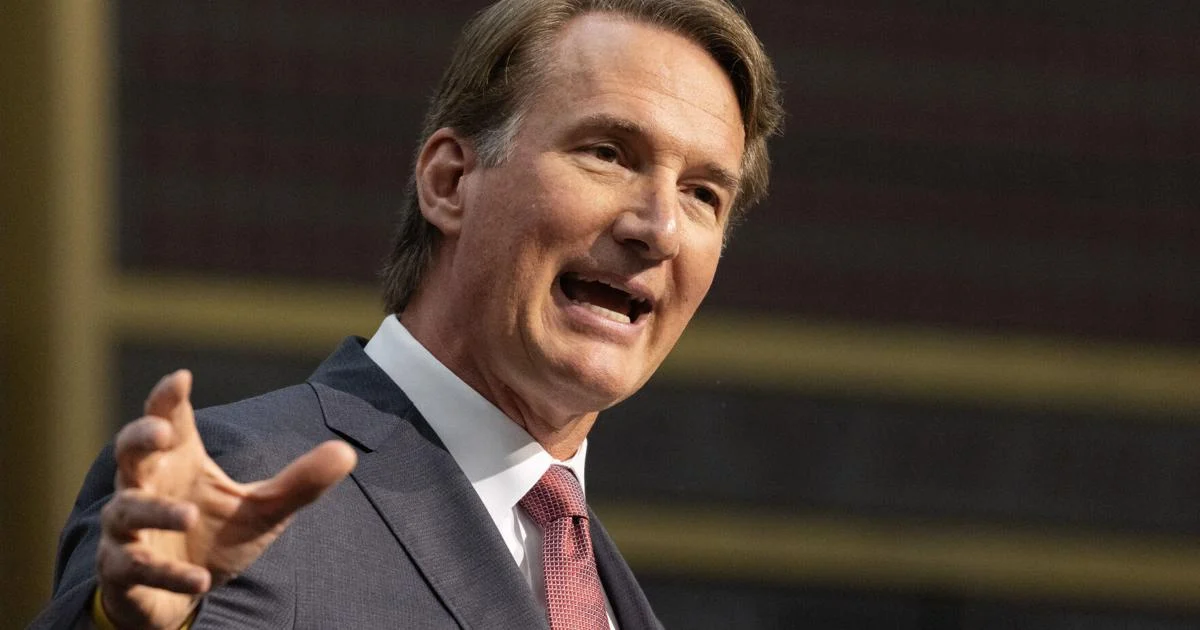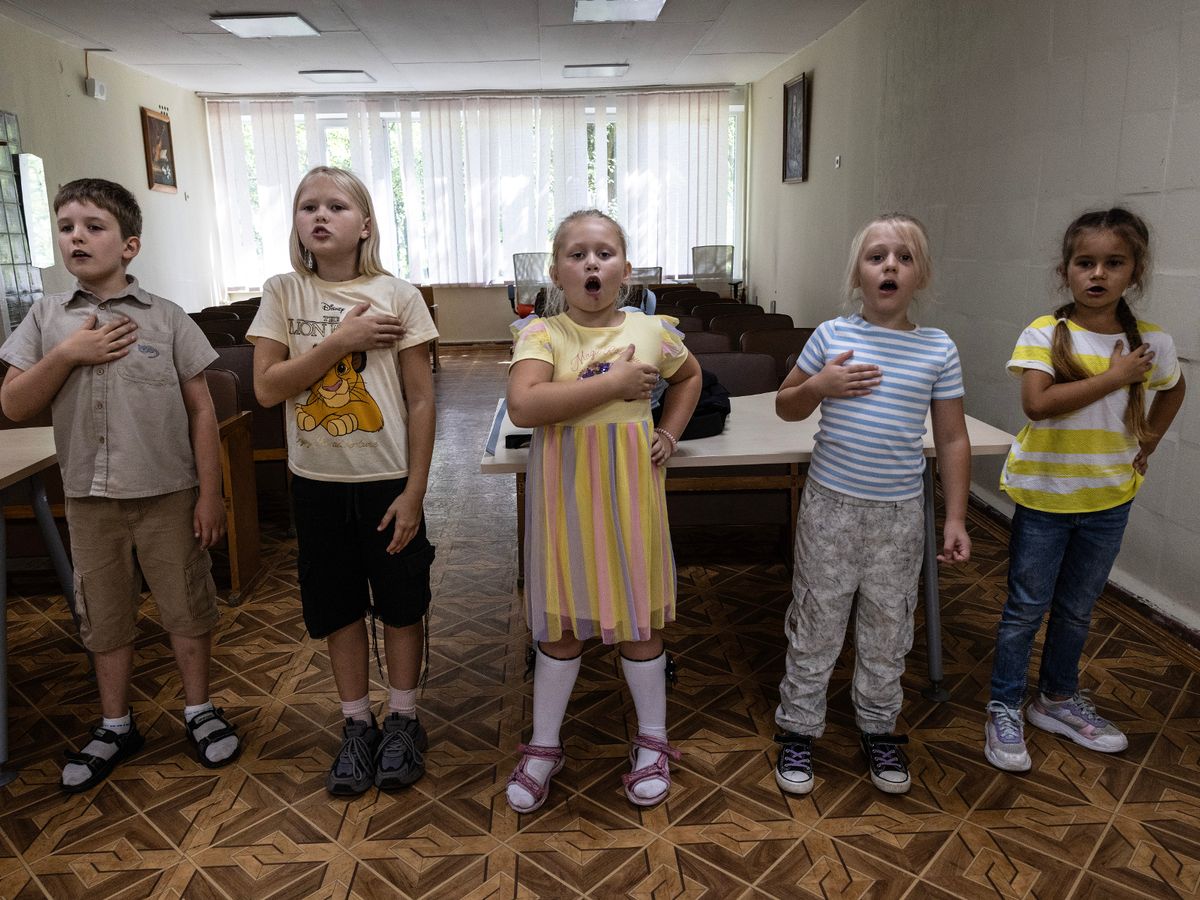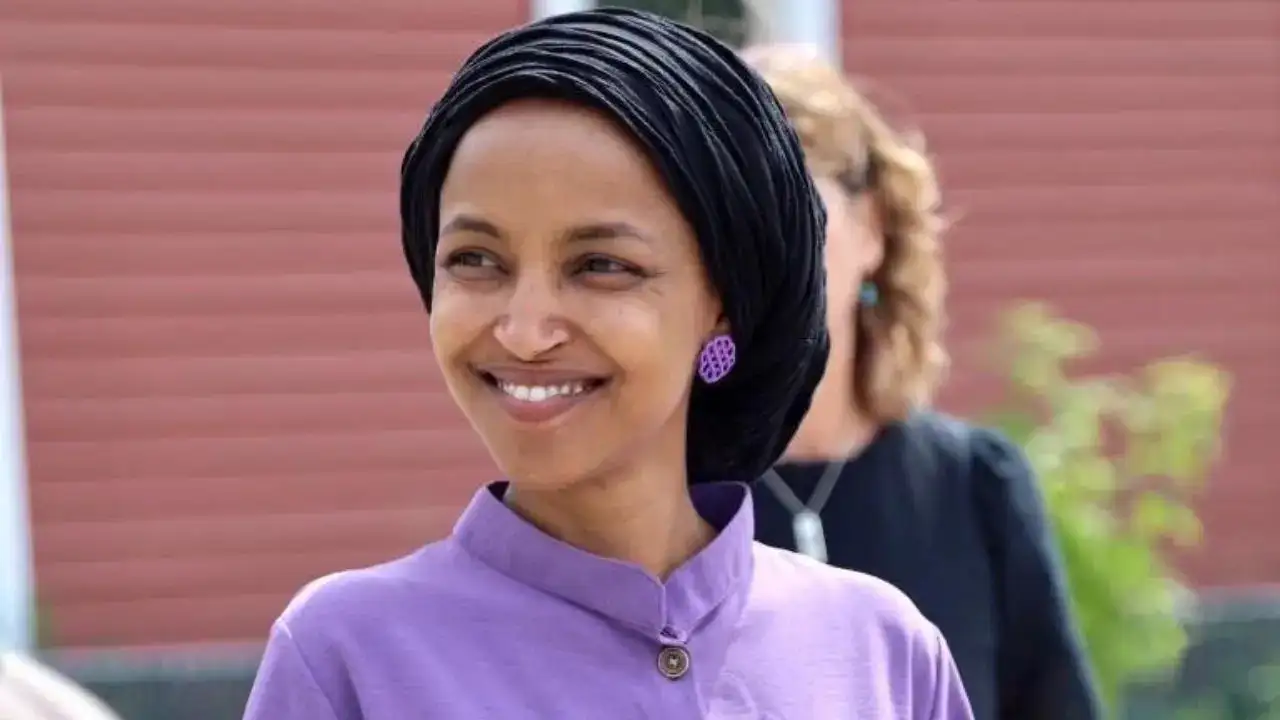
Gov. Glenn Youngkin said Virginia’s Standards of Learning tests that students take each spring were 30%-40% harder this year, but his education department cannot provide any documentation that substantiates the claim.
Youngkin cited the state’s assessment contractor, Pearson, in his assertion. In response to questions from the Richmond Times-Dispatch, Pearson would not confirm nor deny the governor’s claims.
“Pearson, our testing company, assesses that the tests are 30 to 40% more challenging, more content, more breadth, and yet we’re seeing test scores improve,” Youngkin said at a news conference Aug. 27.
In response to a public records request from The Times-Dispatch, the Virginia Department of Education said Friday: “There are no records from Pearson saying the tests were 30-40% harder.”
Statewide, students performed about 1 percentage point better on reading assessments and 2 percentage points better on math assessments this year than the year before, according to test results released in late August.
Anne Holton, Virginia’s former secretary of education who also served on the Virginia Board of Education from 2017 until June of this year, said the country has never seen academic outcomes change so drastically and quickly as the governor says happened in Virginia.
“That would mean our students got 30 to 40% smarter in one year. That would be unheard of in education reforms,” said Holton. “The ‘Mississippi miracle’ in reading … moved 10 points over a decade. That was considered a miracle. Nobody moves 30 to 40% in a year, especially in math.”
Historically, when the state makes SOLs significantly more difficult, the state education department spends months communicating with school districts, preparing them for the new, more difficult tests.
Officials in several school districts, who did not want to speak on the record out of fear of retaliation, said they were shocked to hear Youngkin say the tests were 30%-40% harder because they’d never heard that claim until the governor announced test results, months after schools administered the tests.
The state education department made available for an interview the department’s deputy superintendent of student outcomes and school quality, who’s been with the department for one month.
Listen now and subscribe: Apple Podcasts | Google Podcasts | Spotify | RSS Feed | SoundStack | All Of Our Podcasts
Tiara Booker-Dwyer said that Pearson did a percent difference calculation, and that is where the 30%-40% claim came from, but a Pearson representative shared it on a computer screen during a virtual meeting, and the department has no documentation of it.
The Virginia Board of Education has not changed the grading scale of the assessments, known in the industry as “cut scores.” It is on track to change the cut scores — by raising the number of questions students must answer correctly to pass — by the time students take the next tests in the spring.
An April memo from the education department to superintendents, teachers and other local school employees said in part: “The statistical process of equating is required to ensure the level of achievement on the new test forms is consistent with the previously administered test forms.” Industry experts who were recently involved with Virginia’s assessments said that this means the test developers made this year’s tests the same difficulty as previous versions of the tests.
The State Board of Education did revise the content standards, which is what is taught in schools each year, and the department added some new test questions to the standardized tests.
A spokesperson for the governor declined to comment on Youngkin’s claims and pointed back to the governor’s remarks on Aug. 27.
Del. Sam Rasoul, D-Roanoke, who chairs the House Education Committee, said: “There is nothing to substantiate the claim that the SOLs were 30-40% harder. The reality is that we have a gubernatorial administration who has provided nothing but distractions when we need to be focusing on helping our children.”
Sen. Ghazala Hashmi, D-Chesterfield, who chairs the Senate Education and Health Committee, said she has neither seen nor received confirmation that the assessments were 30%-40% harder this year.
“I find it difficult to believe that such a critical detail would be kept secret from our educators who are responsible for preparing students for the SOLs,” said Hashmi, who is also the Democratic nominee for lieutenant governor.
Holton speculated that perhaps what Pearson said was that the handful of new test questions were more difficult.
“But those new questions were a very small percentage of the overall test,” she said. “And it can’t possibly be accurate to say that the tests were 30 to 40% more challenging.”



